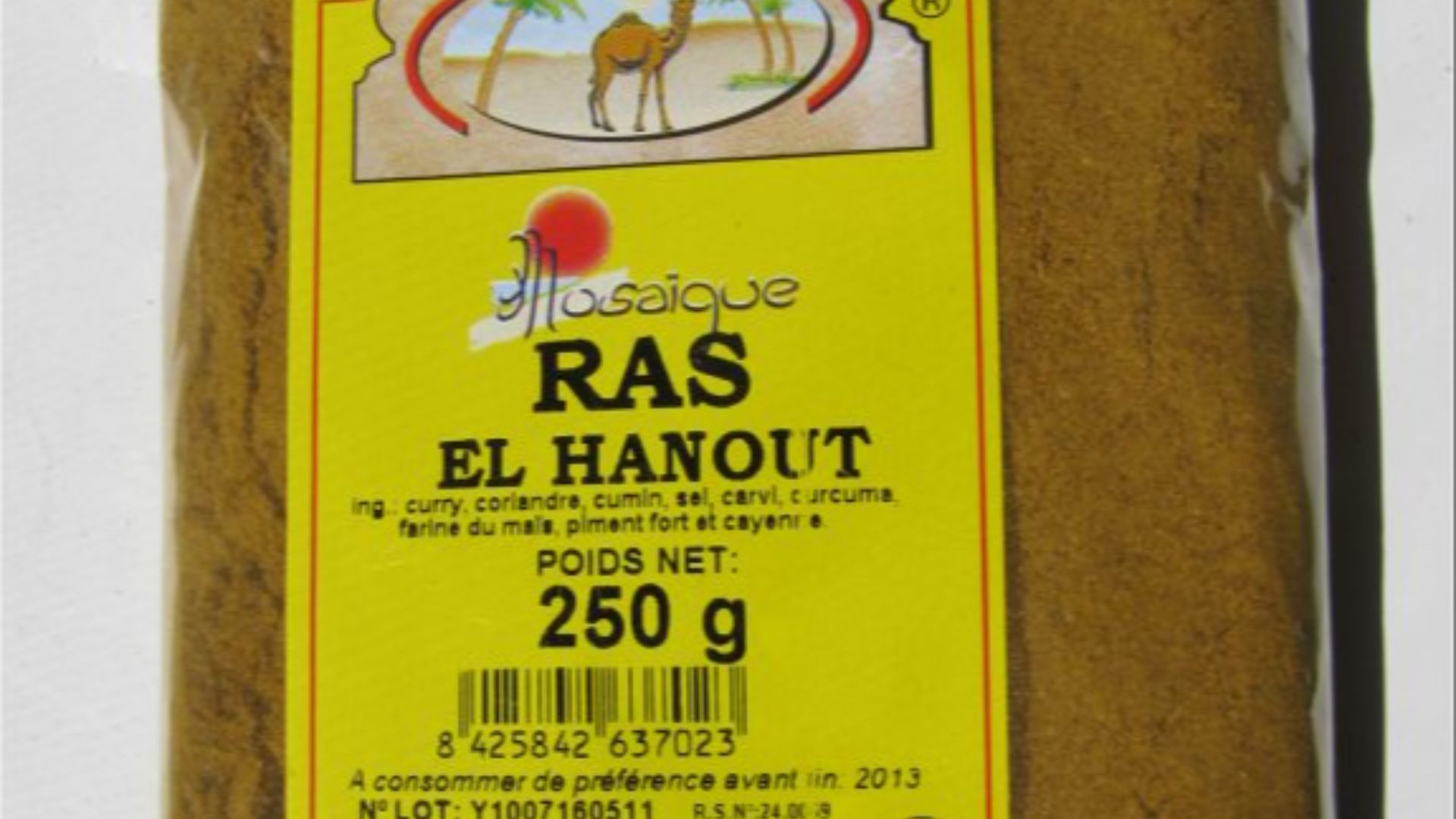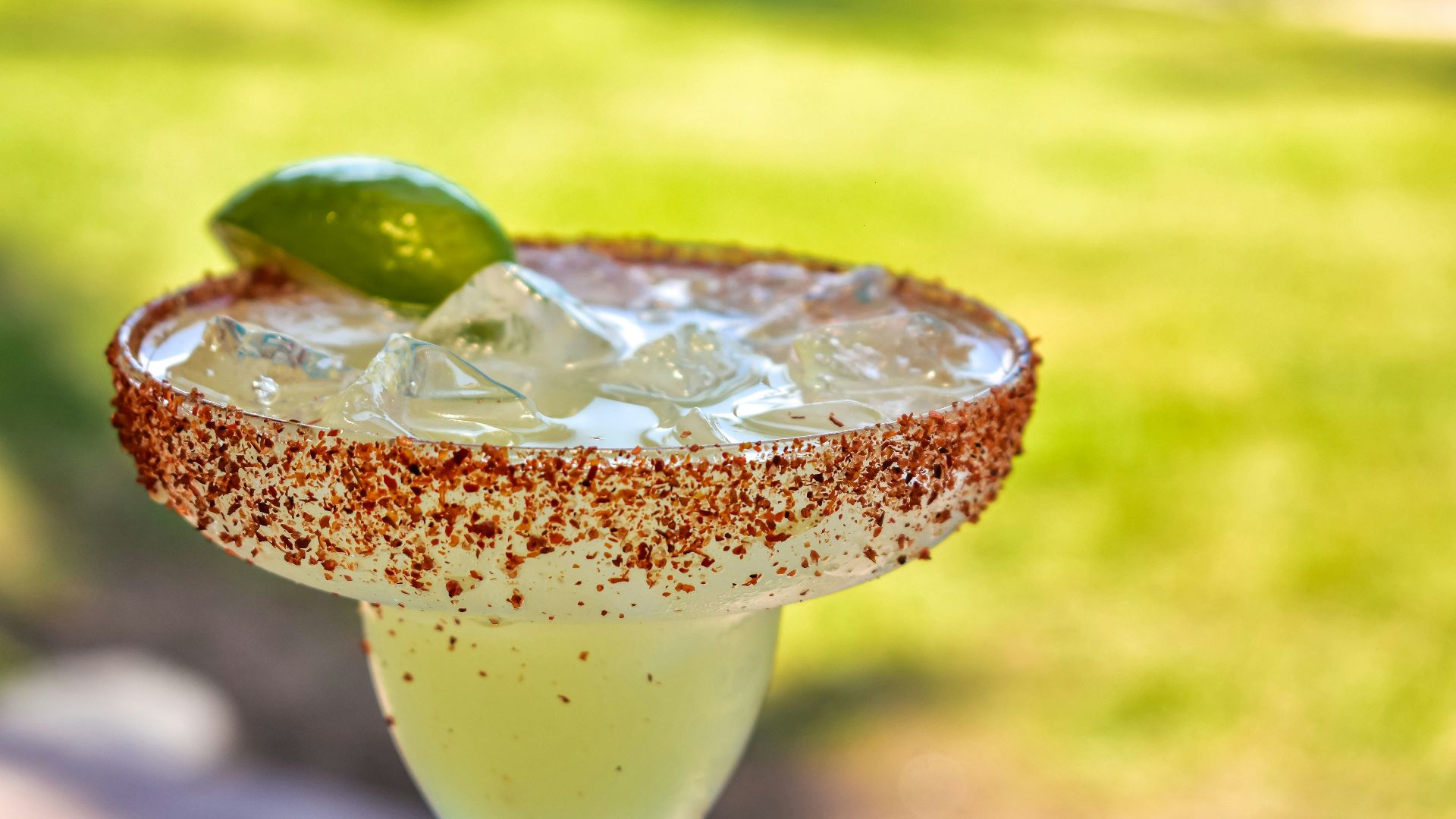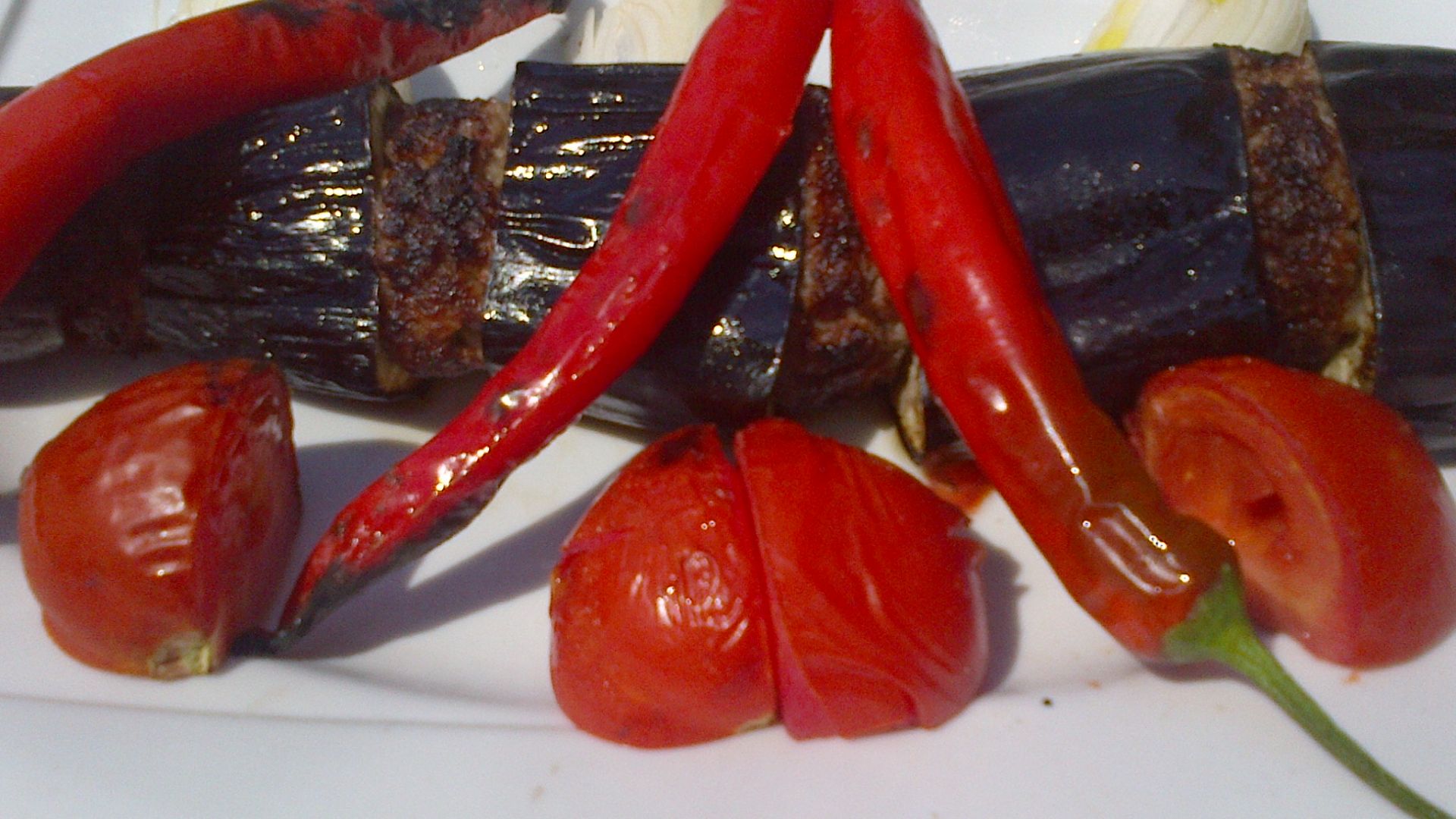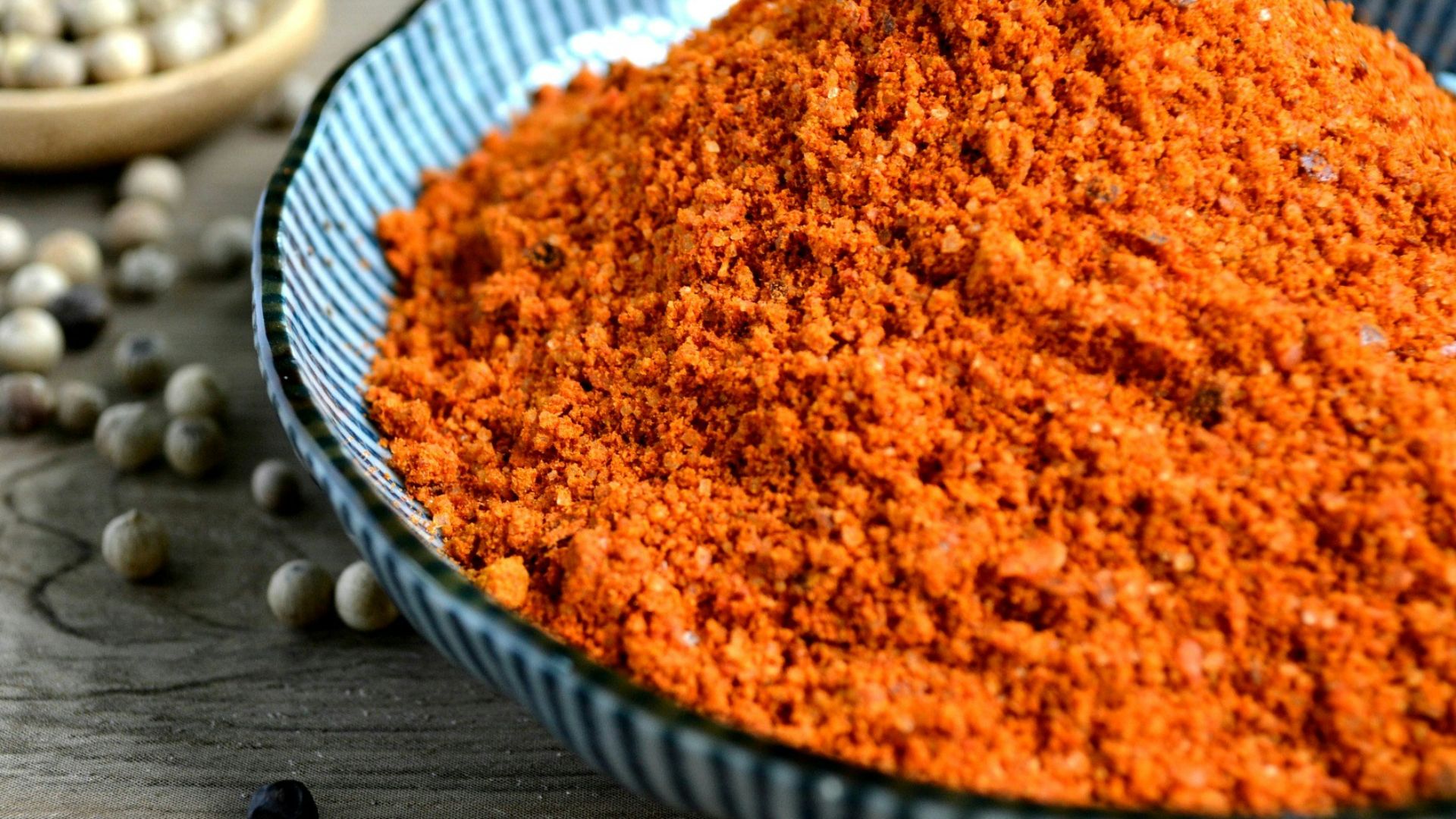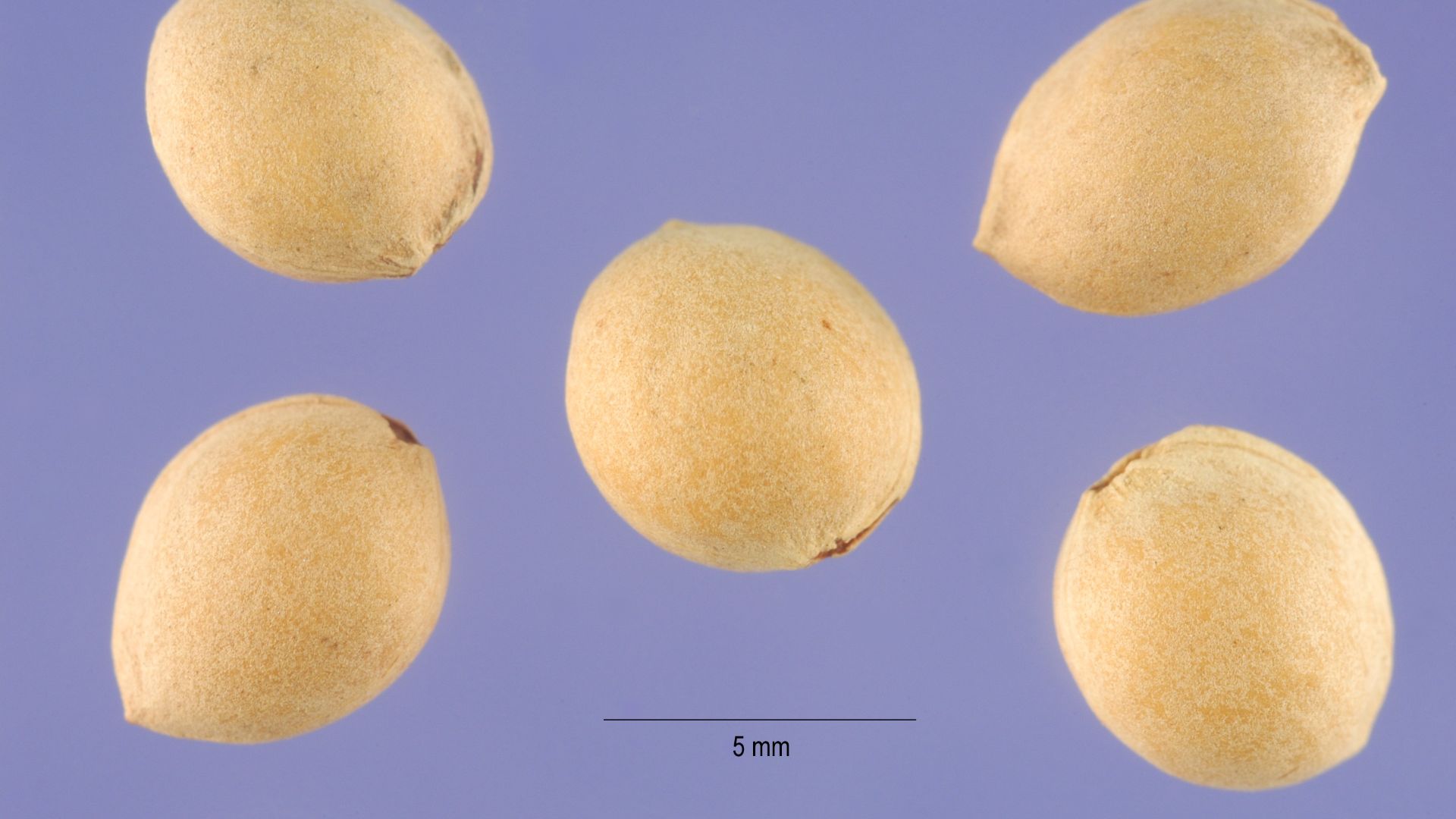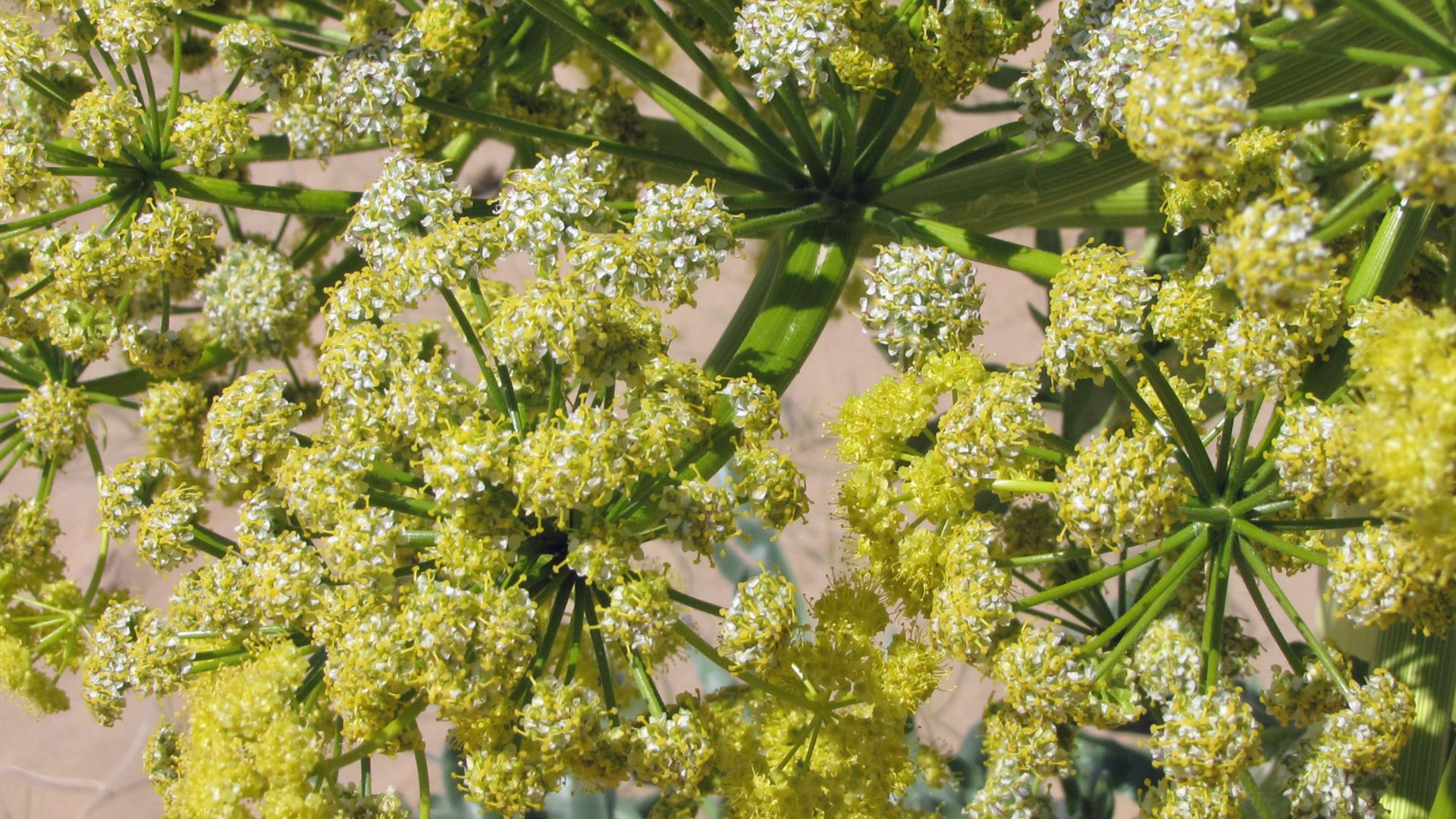Go International To Create Culinary Magic
Every culture has its own unique spices that add a distinct flavor to dishes. Discovering new seasonings can elevate your cooking to a new level and inspire you. Whether creating an international dish or experimenting with your own cooking, here are 20 international spices to add to your spice rack.
1. Za'atar
This Middle Eastern spice blend is a combination of thyme, sumac, sesame seeds, and salt. It's used as a topping for bread, hummus, or a seasoning in salads.
2. Sumac
Sumac is a tangy and citrusy spice commonly used in Middle Eastern cuisine. It's derived from the berries of a tree that give a beautiful purple-pink hue when added to food.
3. Ras el Hanout
Ras el Hanout translates to "the best the shop has to offer". It's a blend of cinnamon, cloves, turmeric, cardamom, and others, depending on the region. It's a strong and aromatic spice commonly found in Tunisian, Moroccan, and Algerian cooking.
4. Nigella Seeds
Visually similar to black sesame seeds, nigella seeds have a strong, slightly bitter, peppery, and oniony flavor. They're commonly used in breads and pastries in Africa, Russia, and parts of Europe.
5. Sansho
Also known as "Japanese pepper," sansho is a citrusy and fruity Japanese spice derived from a pepper. It's used to enhance meat and fish dishes and added to broths.
6. Tajin
Tajin is a spice blend of dried chili peppers, dehydrated lime, and salt invented in Guadalajara, Mexico. It's the perfect balance of spice and citrus and goes great on everything from the rim of a margarita glass to marinades and guacamole.
7. Ají Amarillo
Ají Amarillo is a Peruvian yellow chili pepper. A staple of Peruvian cuisine, it dates back to pre-Hispanic times. The flavor is fruity and slightly sweet with a moderate level of spice.
8. Urfa Biber
This Turkish spice has a smoky, mildly spicy, raisin-like flavor. It can be used on anything from braised meats to roasted vegetables.
9. Berbere
Berbere is an Ethiopian spice blend consisting of chili, garlic, ginger, and fenugreek. It's frequently used to season stews, meats, and roasted vegetables.
10. Harissa
Spice lovers will love this Northern African spice blend of cumin, coriander, caraway, and cumin. It's used to season couscous, vegetables, meats, marinades, and anywhere you want to add a kick.
11. Mahleb
Mahleb is made from the seeds of a specific type of cherry. Its flavor is fruity, floral, vanilla, and almond with a bitter aftertaste. It's used in baked goods in the Middle East and Mediterranean.
12. Asafetida
Asafetida is an Indian spice derived from an herb in the carrot family. It has a pungent, sometimes sulfuric odor, but it tastes similar to garlic.
It's excellent in curries.
13. Amchoor
Amchoor is an Indian spice made from dried, green mangoes. It's intensely tart and fruity and is used in everything from curries, chutneys, soups, pastries, pakoras, and samosas.
14. Wattleseed
A staple in the diet of Australia's earliest inhabitants, wattleseed has a rich chocolatey, nutty flavor. Wattleseed is dried, roasted, and ground for use in baked goods.
15. Pandan
Also called "Asian vanilla," pandan is a popular Southeast Asian spice derived from a tropical plant. Used mainly in baked goods, it's prized for its milky, sweet, slightly nutty flavor as well as its bright green color.
16. Epazote
Epazote is a strong, herbaceous plant similar to mint used in Mexican cuisine. It's a great addition to soups, beans, and even cocktails.
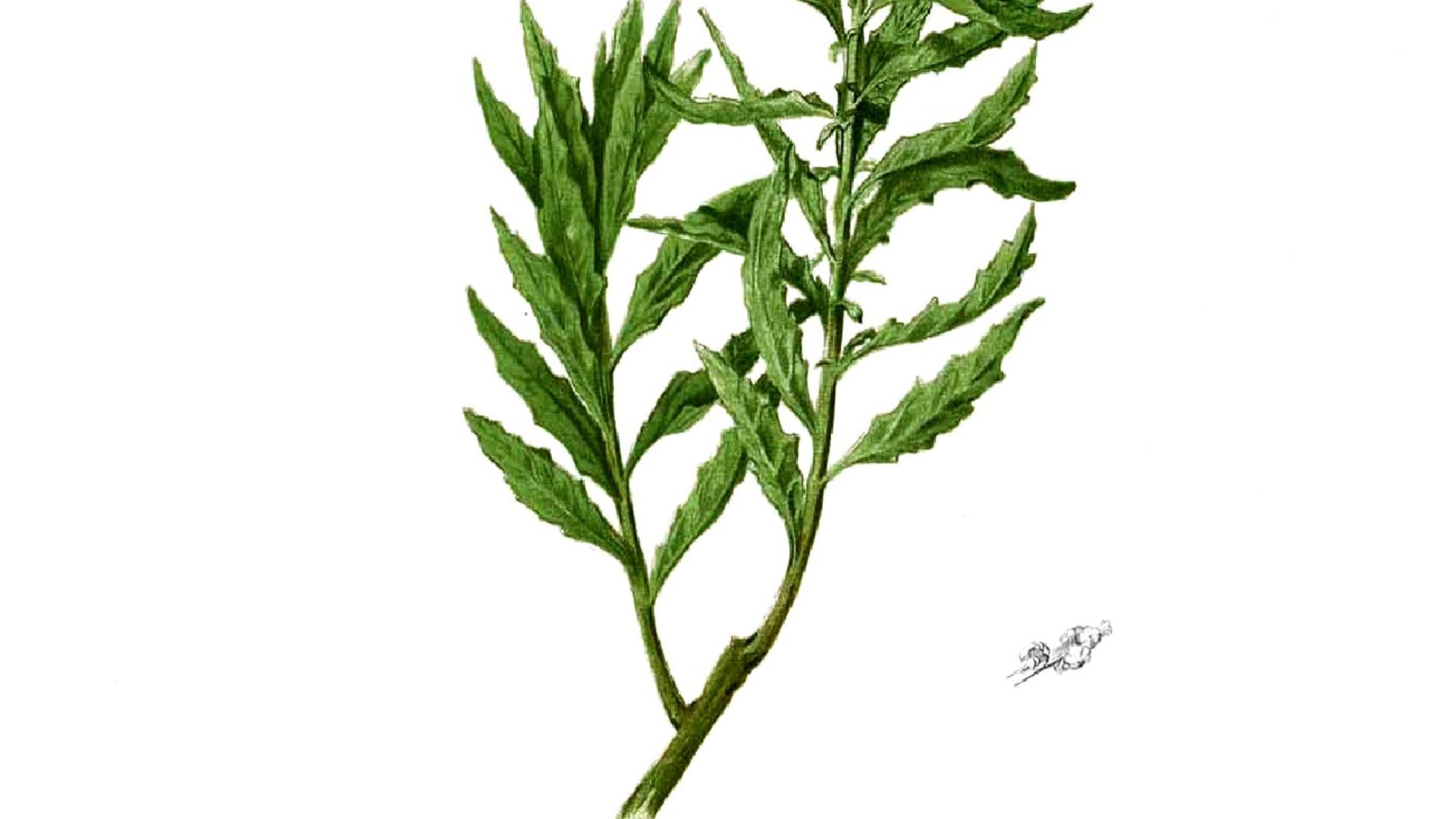 Francisco Manuel Blanco (O.S.A). on Wikimedia
Francisco Manuel Blanco (O.S.A). on Wikimedia
17. Dukkah
Dukkah is an Egyptian spice blend of toasted nuts, sesame seeds, coriander, and cumin. It's commonly added to hummus, salads, or as a dry rub on fish.
18. Chaat Masala
Chaat masala is an Indian spice blend made up of amchoor, cumin, coriander, ginger, salt, pepper, chili powder, and asafoetida. It's specifically used in a dish called chaat, but its tangy, spicy, and sweet flavor goes great on other things too like potatoes, fruits, and salads.
19. Turmeric
If turmeric isn't already a mainstay on your spice rack, it may be time to consider making it one.
Derived from a root similar to ginger, turmeric has an earthy, slightly bitter taste, and a bright orange color. It's a common addition to curries, lentils, and rice dishes.
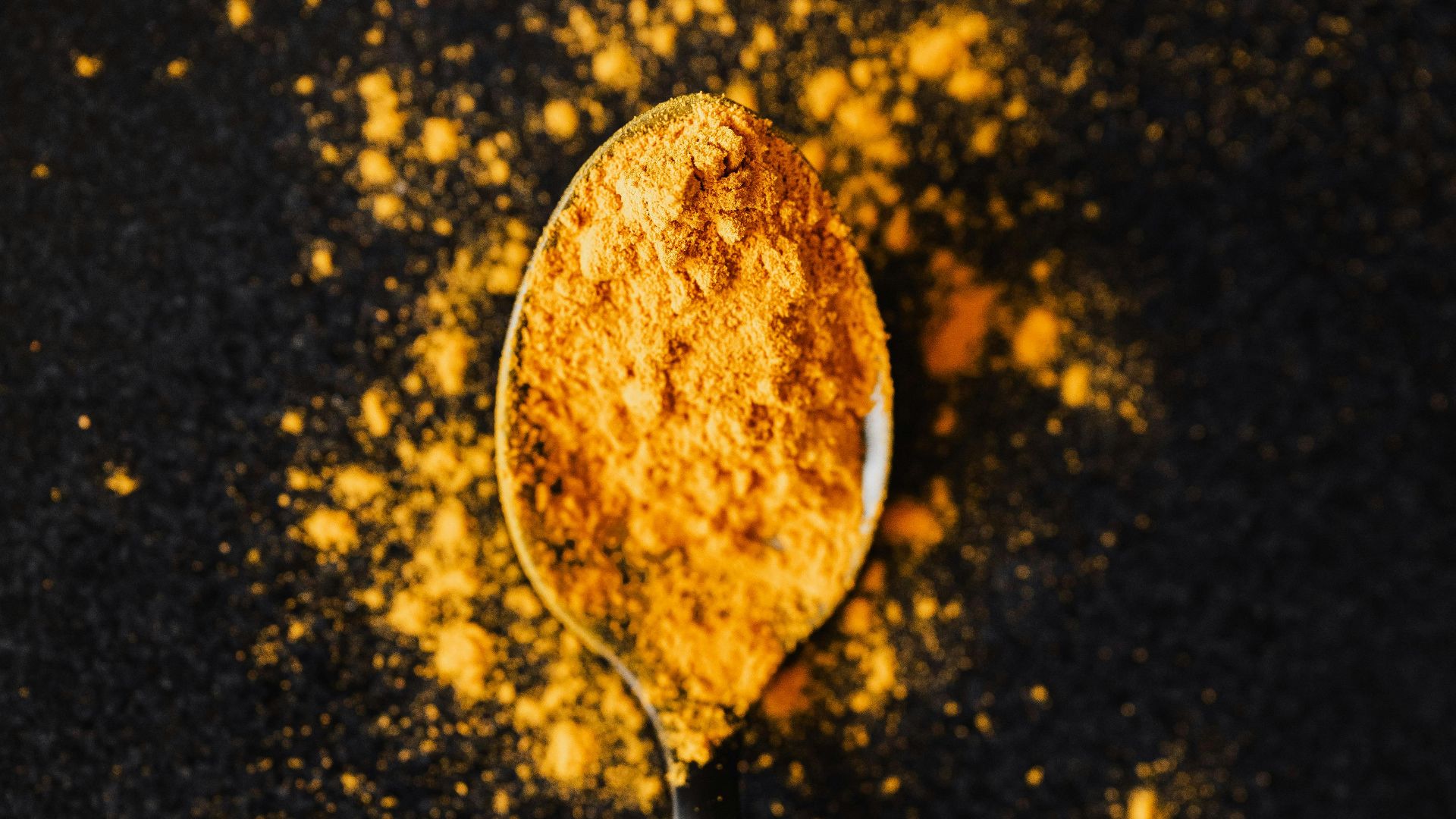 Photo By: Kaboompics.com on Pexels
Photo By: Kaboompics.com on Pexels
20. Cumin
Cumin is a popular spice all over the world. It's derived from a seed and imparts a slightly sweet and nutty flavor to dishes like curries, soups, stews, and breads.





